By Julie Dibble
Editor and Senior Writer
One of the more common terms buzzing around the biotech and pharmaceutical industries is market access, used to refer to any number of functions across the healthcare system. However, market access is a very specific component of this landscape. Let’s first take a look at the definition of market access, then examine what it means to the major stakeholders in the healthcare chain.
Simply put, market access is the extent to which patients have immediate and sustained access to a given treatment at the right price.1,2 So, what does this look like in the real world?
From a patient’s perspective
A drug’s market access status impacts whether a patient will ultimately receive that treatment. Let’s say a patient has been prescribed drug A. If the patient’s insurance carrier has assigned drug A to a higher or non-preferred drug tier (meaning other alternative treatments receive better or more thorough coverage), they may be required to pay a high out-of-pocket amount if they choose to take it. This can be cost-prohibitive. In such cases, manufacturers may offer financial assistance programs to soften the burden.
Or perhaps the insurance carrier allows coverage for drug A but requires step therapy—meaning the patient must try another, preferred drug before the insurer will cover drug A. Or maybe the insurer employs prior authorization (PA), which requires the prescriber to document the medical necessity for the drug before it will be covered. All of these scenarios can pose barriers to a patient’s immediate and sustained access to drug A.
From a provider’s perspective
Providers take all the potential barriers into account when making prescribing choices. What good does it do to prescribe a drug or treatment to a patient if that patient’s insurance will not cover it? Often, patients report not taking their medications as prescribed or at all due to their cost, which makes the prescribed treatment ineffective. When extra steps (eg, step therapy or PA) are triggered to potentially save patients and insurers money, these processes take valuable time during which the patient could be on a different treatment.
Healthcare payers are not the only parties with preferred drug lists that prioritize some drugs over others. Providers who are affiliated with a health system or hospital must also consider the formulary of that organization. These preferred drug lists stand on their own, independently from payer formularies, and determine which treatments are available to patients being treated by providers at that facility.
So, prescribers are asking several questions related to market access in addition to whether a given treatment is the best and most appropriate for a patient. For example:
- Is this drug covered by this patient’s health plan? If not, how much does this drug cost and can the patient afford it?
- Is step therapy required? Does that required step mean delayed treatment that would be detrimental to this patient’s health?
- Is there additional administrative effort required, like prior authorization or another time-consuming process that may delay this patient’s treatment?
And, perhaps most importantly …
- Is there another treatment available that does not involve all of these barriers?
From a pharma perspective
For pharmaceutical manufacturers, the intense process of researching and developing new therapies is only the beginning of the story. The type and measure of market access patients will have to those drugs is paramount to determining their success and whether they are prescribed and used clinically. There are several components to this process.2
- The first step to securing market access is regulatory approval from the Food and Drug Administration (FDA). Drugs must undergo intense scrutiny and multiple clinical reviews before being cleared for distribution in the US healthcare system.
- Next, negotiations for coverage and reimbursement begin. Manufacturers must demonstrate a drug’s clinical safety, efficacy, and relative cost effectiveness to other similar treatments to be placed on payers’ preferred drug lists.
- Local prescribing guidelines are next in the chain. As discussed previously, individual hospitals or health systems may have restrictions on available treatments that differ from payer formularies.
- Finally, prescribing decisions are key to the ultimate utilization of a drug. Providers must consider the needs of each patient and the efficacy and safety of a given treatment, as well as its market accessibility.
Market access effectively impacts every facet of a drug’s road to clinical utilization. It can make the difference in whether a crucial treatment is available to patients who could benefit from it. It can mean a pharma company succeeds with a groundbreaking new drug or does not. It can offer providers more clinical options to treat patients’ individual needs.
It can mean everything.
————–
Julie Dibble brings more than 15 years of strategic and creative content development to her role on the Encompass team. While her expertise and experience span several industries and platforms, she primarily applies her skills in the realm of market access, policy, and the inner workings of the US healthcare landscape to a variety of projects for Encompass’s clients and partners.
References
- Market access pharma. Health Analytics. April 15, 2022. Accessed September 14, 2023. https://www.healthanalytics.com/expertise/market-access-pharma/
- What is market access? PRMA Consulting. Accessed September 14, 2023. https://www.prmaconsulting.com/blog/what-is-market-access/


